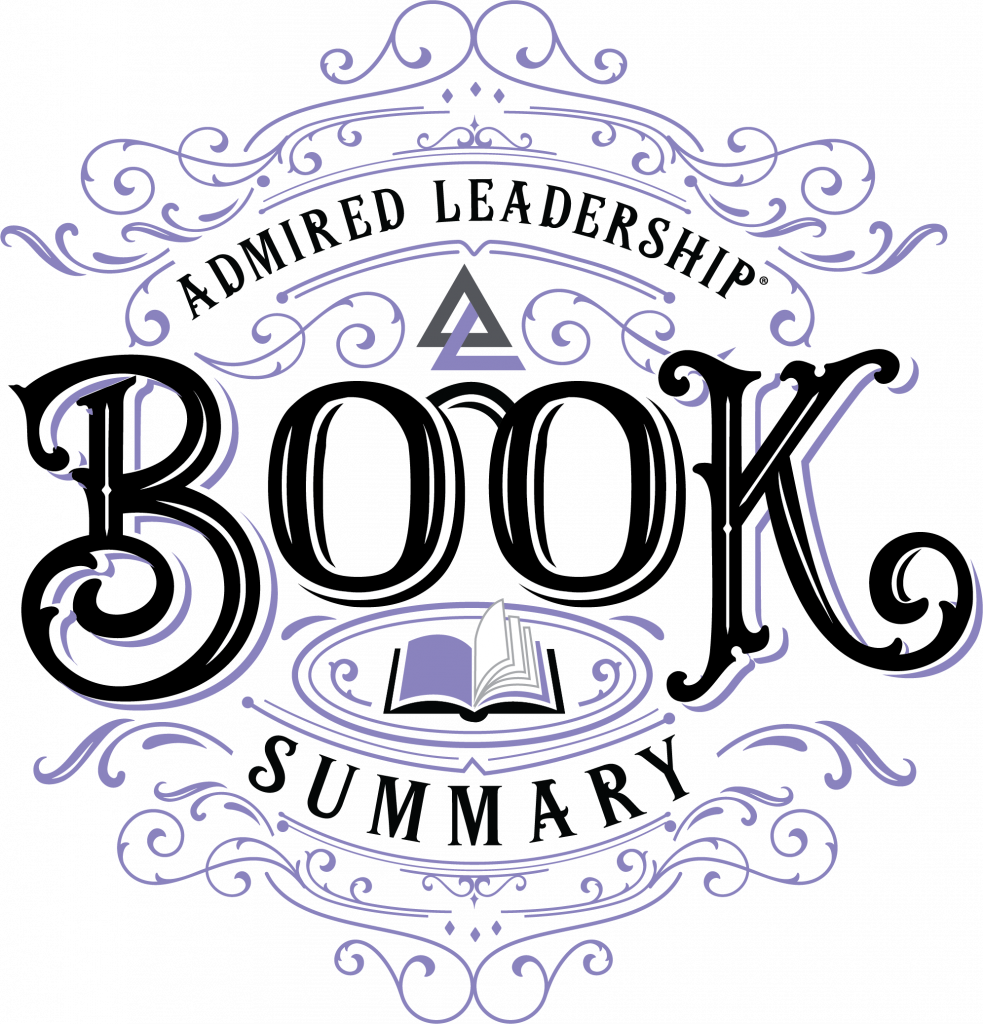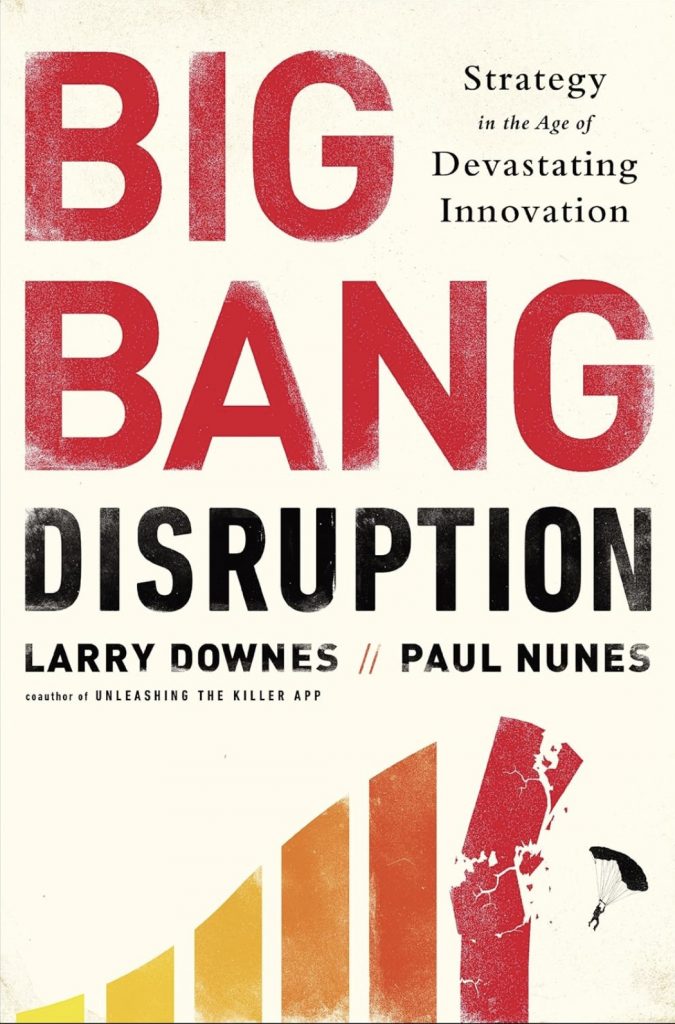Key Quote:
“The unique features, economics, and life cycle of Big Bang Disruption demand a radically different approach to competition and planning, different not by degree but in kind from the conventional wisdom” (p. 103). — Larry Downes and Paul Nunes
Key Points and Concepts
Big Bang Disruption
A Big Bang Disruption is described as large scale, fast paced, innovation that introduces groundbreaking technologies or products in a way that is cheap, effective, and allows for further growth or expansion.
Products such as GPS units, pagers, Walkmen, alarm clocks, and answering machines are described as becoming outdated due to Big Bang Disruption.
“For an increasingly wide range of goods and services, each new generation of offerings gets noticeably and often dramatically better. To the extent that production costs for new goods rely on cheap computing and software, prices are also falling” (p. 26).
The authors then introduce the economic ideas behind the market transformation associated with Big Bang Disruptions that is revealed through decline in the costs of creation, information, and experimentation:
• The declining cost of creation is attributed to the exponential growth of technology. Moore’s law of growth is cited as an explanation for declining cost of producing cheaper, yet more effective software and hardware.
• The declining cost of information is explained by increased access to data online. Due to Internet usage, market research and consumer data is now more accessible and can be more readily leveraged.
• The declining cost of experimentation is a result of the nature of new technologies. “Exponential technologies have led to an explosion of off-the-shelf component parts that can be easily combined and tested directly in the market with actual users” (p. 66).
The life cycle of a Big Bang Disruption, referred to as a Shark Fin, consists of four main stages of development:
1. The Singularity – Failed experiments and ideas indicating change is about to occur.
2. The Big Bang – New markets are created and rapidly adopted by customers.
3. The Big Crunch – Disruptor matures and growth and innovation slow as the market adjusts.
4. Entropy – Remaining assets regroup or are used in a different form.
Strategy Phases in the Age of Devastating Innovation
“The unique features, economics, and life cycle of Big Bang Disruption demand a radically different approach to competition and planning, different not by degree but in kind from the conventional wisdom” (p. 103).
In the Singularity phase, it is critical to watch for warning signs of disruptive change coming from outside ones industry. The steps that should be taken in this stage include:
• Consult Your Truth-Tellers – Find those who understand the industry and can give a clear and honest prediction of its future.
• Pinpoint Market Entry – Separate the small events from the Big Bang when choosing the moment to enter a new market.
• Launch Seemingly Random Market Experiments – Experiment directly with the market suppliers, customers, and investors.
During the Big Bang phase, preparations for customer adoption must be made, and any use of existing assets to maintain influence should be utilized. In order to prepare for this stage, an organization must:
• Survive Catastrophic Success – Prepare to scale up a brand or product in a short time and prepare to adjust technical and logistical plans.
• Capture Winner-Take-All Markets – Sacrifice all else to ensure victory in such markets, particularly when the opportunity for follow-on products exists.
• Create Bullet Time – Employ litigation and legislation to effectively slow progress of disruptors where possible.
In the Big Crunch phase, organizations must be prepared to slow manufacturing and divest inventory, assets, and intellectual property once disruptors reach market saturation. During this phase, it is critical to:
• Anticipate Saturation – Foresee saturation and scale down operations in order to avoid excess capacity or inventory.
• Shed Assets Before They Become Liabilities – Identify assets to keep, and others to give up as they lose value or become obsolete.
• Quit While You’re Ahead – If core technologies or products are being replaced and output cannot be maintained, exit the market while still ahead.
During the Entropy phase, it is critical to consider new uses and applications of older products, services, and technologies. The best actions for navigating through this are:
• Escape Your Own Black Hole – Beware of the risks of using old or outdated products in services, even if they were once essential to an organization’s growth.
• Become Someone Else’s Components – Readjusting business strategy to favor supplying parts or components to others can help maintain output.
• Move to a New Singularity – Coopt the tools of the new disruptors and apply them to remaining assets
Downes, L. & Nunes, P. (2014). Big Bang Disruption: Strategy in the Age of Devastating Innovation. Penguin Group US.

A Big Bang Disruption is described as large scale, fast paced, innovation that introduces groundbreaking technologies or products in a way that is cheap, effective, and allows for further growth or expansion.
The unique features, economics, and life cycle of Big Bang Disruption demand a radically different approach to competition and planning, different not by degree but in kind from the conventional wisdom.”
